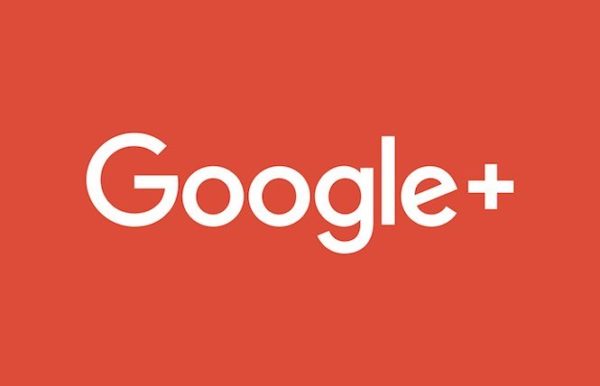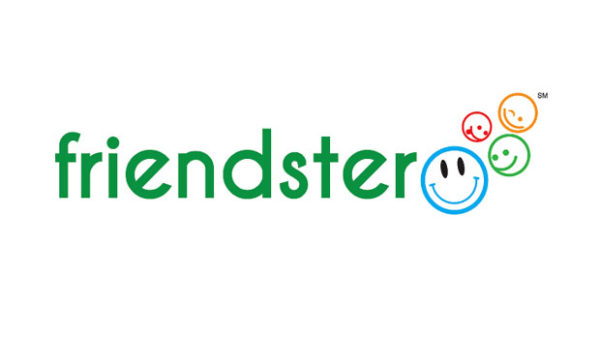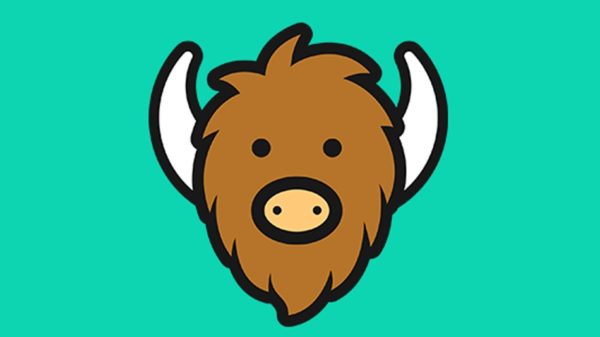The lifespan of a startup is pretty rough. With about a 90% failure rate, starting a business venture is an extremely risky move. But, with the fast-paced landscape of the internet and the virtually non-existent attention span of users, startups for social media platforms are even riskier.
Since 2010 alone, try and think of how many flash-in-the-pan apps, websites, and platforms you have seen come and go. Now try thinking of the number since 2000. Yeah, it is pretty staggering. The ones that are lucky enough to stick around, the Facebooks, Instagrams, and Twitters, enjoy sweeping success and financial gain. But for every one of these giants there are hundreds of others that only got a brief taste of success before folding entirely.
Some, admittedly got closer than others, surviving several years or at least pioneering features that would be adopted in social media platform iterations to come. This post is a retrospective on many of the failed social media platforms that have come and gone.

Google+
The reason behind this post is the recent death of Google+. Starting in 2011, the site was Google’s fourth attempt to break into social media following the failed attempts of Google Buzz, Google Friend Connect, and Orkut. Intended to be a direct competitor to the almighty Facebook, G+ had content posting capabilities for status updates and photos as well as sharing and “liking” features. Posts could be conveniently viewed from Google My Business listings and “Hangouts” allowed users to connect in groups of text or video chatting.
You would think after the trial and errors of three failed social media sites Google would have grown wiser. That, however, was not the case and G+ just never really caught on. They never debuted anything very original and the capabilities it did have were almost identical to those of Facebook… only done worse. While it was up and running until late 2018, it was essentially on life support due to the extremely small community that did inhabit it. G+ was finally put out of its misery in October of 2018 following a data breach of user information. Although Google claimed the data was never misused, this was as convenient of an excuse as any for them to cut their losses.

Friendster
Although not the first social media site, to many people Friendster was the one that started it all and kicked off the state of social media as we know it now. Launched in 2002, Friendster allowed users to create profiles where they could post content, post photos, share music, and connect with friends and new people through a “Circle of Friends” that let you meet people through 6 degrees of separation with friends. Pretty revolutionary at the time. These degrees of separation and their connection with your friends made it a quasi dating site too – yet another precursor! Within a month, Friendster jumped out to 3 million users.
So, how could something so popular and groundbreaking almost immediately drift into obscurity? In a cruel twist of fate, the site’s innovations and demand ultimately attributed to its death. Site hiccups due to the strain of it’s 3 million users began to pile up and frustrate users who ultimately moved on to the next thing. That next big thing? A site called Myspace (you may have heard of it?) launched just a year after Friendster. Friendster wouldn’t go away quietly, rebranding and relaunching in 2011 as an entertainment and gaming community site and striping user profile capabilities. Alas, according to the charming landing page you will find if you try and Google Friendster, “the evolving landscape in our challenging industry” forced it to suspend services in 2015 before officially dissolving in 2018.

Yik Yak
Launched in 2013, Yik Yak was a social media app that became an instant hit on college campuses. The appealing gimmick of Yik Yak at the time was user anonymity and the ability to only see and distribute posts in a 5-mile radius. Users could write posts, respond to posts, and could positively or negatively vote on posts. Within a year, Yik Yak was the ninth most downloaded app in the U.S. Although initially beloved by younger communities, the honeymoon didn’t last long for Yik Yak, which found itself in hot water almost instantly and began it’s quick march to doom.
As you likely know from experiences on Twitter, Facebook, and other platforms combining the internet and anonymity is like mixing fire and gunpowder. Yik Yak almost immediately became rampant with harassment and cyberbullying, which led to disillusionment and departures of many of its users. The app went into full damage-control mode, taking measures to reduce harassment and bullying, such as requiring username handles. However, the damage had already been done and by early 2017 Yik Yak ceased operations.

Mobli
Launched in 2010 by a couple of Israeli entrepreneurs, Mobli was one of the many attempts by others to cash in on the video craze that began with Vine and subsequently Instagram. With photo and short-form video sharing, Mobli quickly sprung to fame through celebrity endorsements and connections from the like of Leonardo DiCaprio, Tobey Maguire, Serena Williams, and Lance Armstrong. It also featured a couple of innovations such as an autotagging functionality that could identify certain geographical objects and content feeds that could be sorted by location and subjects.
Although innovative, Mobli was different but not different enough. Instagram continued to grow and the arrival of other competitors like SnapChat, Periscope, and Facebook Live was ultimately too much for the company to overcome. In 2016 Mobli filed for bankruptcy, was bought out by Snap and subsequently laid off the majority of its staff, essentially killing off whatever was left of the once proud rival startup.
So which platforms should you spend your time on? One of the new ones or the old favorites? Download our Social Media Starter Kit to plan your attack.
[su_sm_starter_kit]